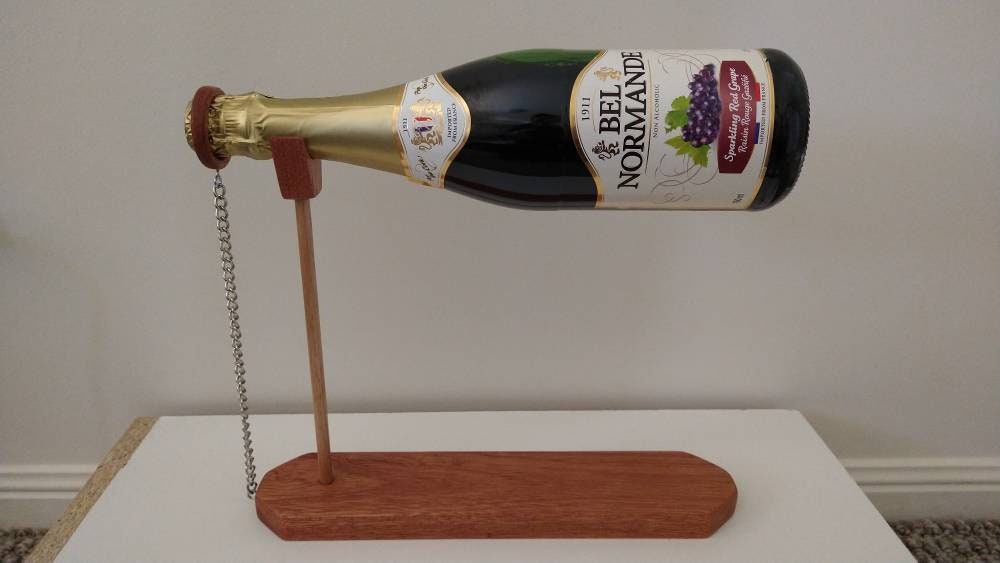One of the main reasons I found myself drawn to “Making Mathematics” was because I am interested in how mathematics can be represented in a creative manner. Going through the “Project Ideas” in our syllabus, I found a couple of ideas that I found interesting, which I will be discussing in this post. I was particularly interested in these three ideas because not only do they challenge our conventional understanding of art and math, but they also encourage us to see the beauty in numbers and patterns.
- Make Kaleidoscopes that Illustrate Coxeter Groups
This project is interesting to me because it combines how symmetries can be aesthetically pleasing with the depth of Coxeter groups. A kaleidoscope in this context is a visual representation of the complex symmetries and patterns that Coxeter groups can generate. By creating a kaleidoscope, we can explore the intricate patterns that emerge from these mathematical principles.
Some keywords related to this idea are terms for different geometric transformations. For example, “reflection”, “rotation”, “translation”. These describe the different operations and structures within Coxeter Groups.
The making process of such a kaleidoscope can involve both mathematical calculation and design. I would imagine that the process would begin by selecting a Coxeter group to represent and understand its structures and symmetries. I’ve seen tutorials online which I will link that make use of simple objects such as toilet rolls and colored paper which can help us realize the group we have selected.
Here are some Coxeter Groups I would be interested in replicating.
Source: https://cp4space.hatsya.com/2013/07/04/coxeter-groups-and-beyond/
Here is a useful tutorials I found:
- Laser cut wood so that we can make interesting 3D objects, working with the constraint that all of the pieces meet at right angles.
This idea intrigued me because I am excited to learn how to laser cut. I took inspiration from this idea and came up with another mathematical stipulation for creating an interesting 3D object. I would like to apply this technique to create mandala art that represents group properties from abstract algebra. This would allow us to visualize complex mathematical concepts in a tangible and aesthetic form.
Some mathematical terms that are important for this project are “abelian group”, “symmetry group”, “dihedral group”. These terms can guide the project and help with the design process of the mandala art.
In order to create this 3D object, I would start by selecting a few interesting groups that I want to visualize. Then I would craft a mandala pattern that reflects those properties. I would like to create some depth in my project to learn how to use the laser cutter in a rigorous manner.
Here is an idea of what I would like the final project to look like:

source: https://cults3d.com/en/3d-model/art/laser-cut-mandala-svg
3. Construct a Tensegrity structure
I like this idea because Tensegrity structures are complex and rely on principles of physics. I think it is extremely creative to make something that has a seemingly floating form, but is very stable.
Key concepts for this project would be understanding geometric rigidity, forces, equilibrium, tension etc.
I would approach creating such a structure by first understanding the tension elements. I would imagine getting this structure right would involve meticulous planning to ensure that all forces are perfectly balanced. I would then begin to create the elements of the structure using wood, and then assemble them. Perhaps some trial and error would be needed to ensure the structure holds.
I have also seen these structures used to create practical items for a household. For example this bottle holder:

source: https://www.etsy.com/listing/1017647284/tensegrity-wine-bottle-holder-balancing
I think this would be a really fun project if executed properly.
Leave a Reply